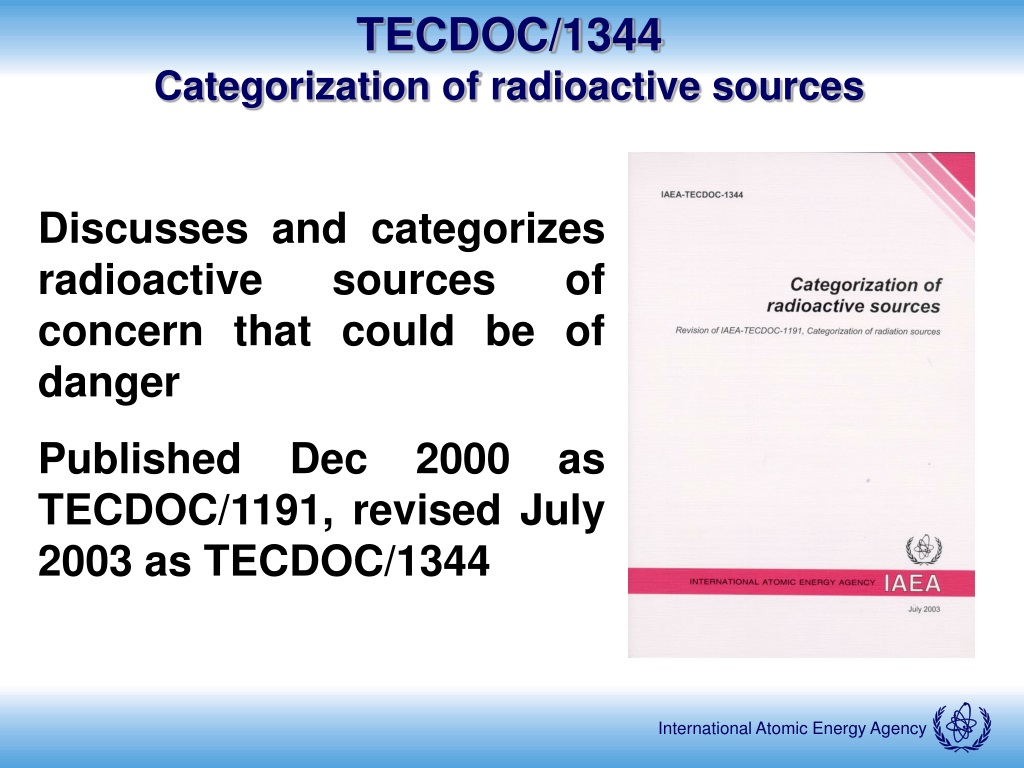

Use of 137 Cs in the Study of Soil Erosion and Sedimentation, IAEA-Tecdoc-1028, Vienna, 1993 Full Text Use of Isotopes for Analyses of Flow and Transport Dynamics in Groundwater Systems, IAEA-UIAGS, Full TextĪpplication of Isotope Techniques to investigate Groundwater Pollution, IAEA-Tecdoc-1046, Vienna, 1998, Full Text , IAEA-Tecdoc-1206, Vienna, 2001 Full Text Use of Isotope Techniques in Lake Dynamics Investigations Isotope Techniques in Water Resources Investigations in Arid and Semi-arid Regions, IAEA-Tecdoc-1207, Vienna, 2001 Full Text , IAEA-Tecdoc-1246, Vienna, 2001 Full Text Isotope Based Assessment of Groundwater Renewal in Water Scarce Regions New Approaches for Stable Isotope Ratio Measurements, IAEA-Tecdoc-1247, Vienna, 2001 Full Text Stable Isotope Measurement Techniques for Atmospheric Greenhouse Gases, IAEA-Tecdoc-1268, Vienna, 2002 Full Text Phase II, IAEA-Tecdoc-1269, Vienna, 2002 Full Text Isotope Aided Studies of Atmospheric Carbon Dioxide and Other Greenhouse Gases. The Application of Isotope Techniques to the Assessment of Aquifer Systems in Major Urban Areas, IAEA-Tecdoc-1298, Full Text Radionuclide Transport Dynamics in Freshwater Resources, IAEA-Tecdoc-1314, Vienna, 2002 Full Text Quantifying Uncertainty in Nuclear Analytical Measurements, IAEA-Tecdoc-1401, Vienna, 2004 Full Text Use of Isotope Techniques to Trace the Origin of Acidic Fluids in Geothermal Systems, IAEA-Tecdoc-1448, Vienna, 2005 Full Text , IAEA-Tecdoc-1453, Vienna, 2005 Full Text Isotopic Composition of Precipitation in the Mediterranean Basin in Relation to Air Circulation Patterns and Climate Nuclear and Isotopic Techniques for the Characterization of Submarine Groundwater Discharge in Coastal Zones,įluvial Sediment Transport: Analytical Techniques for Measuring Sediment Load, IAEA-Tecdoc-1461, Vienna, 2005 Full Text Monitoring Isotopes in Rivers: Creation of the Global Network of Isotopes in Rivers (GNIR),Īpplication of Isotopes to the Assessment of Pollutant Behaviour in the Unsaturated Zone for Groundwater Protection, Spectrum-Dose Conversion Operator of NaI(Tl) and CsI(Tl) Scintillation Detectors for Air Dose Rate Measurement in Contaminated Environments, Journal of Environmental Radioactivity, 166, 419-426.Using Isotopes for Design and Monitoring of Artificial Recharge Systems,Īpplication of Isotope Techniques for Assessing Nutrient Dynamics in River Basins, Temporal Variation of Dose Rate Distribution around the Fukushima Daiichi Nuclear Power Station using Unmanned Helicopter, Applied Radiation and Isotopes, 118, 308-316.

Estimation of the Vertical Distribution of Radiocesium in Soil on the Basis of the Characteristics of Gamma-Ray Spectra Obtained via Aerial Radiation Monitoring Using an Unmanned Helicopter, International Journal of Environmental Research and Public Health, 14, 926.

Ochi, K., Sasaki, M., Ishida, M., Hamamoto, S., Nishimura, T., and Sanada, Y. Comparison of the Fukushima Radioactive Mapping by Two Different Aerial Radiation Monitoring System, Progress in Nuclear Science and Technology, 6, 130-133. Development of the Multipurpose System for Environmental Radiation Survey and Its Field Application, KAERI/TR-7812/2019. JAEA R&D Review for the Response of Fukushima Nuclear Accident: Environmental Radiation Survey, KAERI/ AR-1177/2018. Feasibility on the Spectrometric Determination of the Individual Dose Rate for Detected Gamma Nuclides using the Dose Rate Spectroscopy, Radiation Physics and Chemistry, 97, 172-177. Guidelines for Radioelement Mapping Using Gamma Ray Spectrometry Data, IAEA-TECDOC-1363. Airborne Gamma Ray Spectrometer Surveying, IAEA Technical Reports Series, No. Characteristics of Radiocesium Contamination of Dry Riverbeds Due to the Fukushima Daiichi Nuclear Power Plant Accident Assessed by Airbrone Radiation Monitoring, Landscape and Ecological Engineering, 14, 3-15. Finally, the performance of aerial survey at diverse flight heights was successfully achieved by introducing the correction factor to represent the results into ambient dose rate at 1m above the ground. This study focuses on the technical status of environmental radiation monitoring using a UAV (Unmanned aerial vehicle) and the performance test of developed aerial survey system based on two detectors with an high energy resolution through the field application to contaminated areas. According to lessons learned from an accident of Fukushima Daiichi nuclear power plant, it is advisable to make a comprehensive radiation survey by the accident phase for efficient response and risk management using diverse survey platforms.


 0 kommentar(er)
0 kommentar(er)
